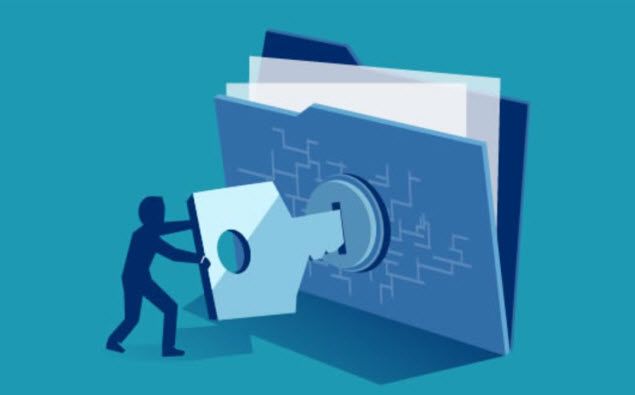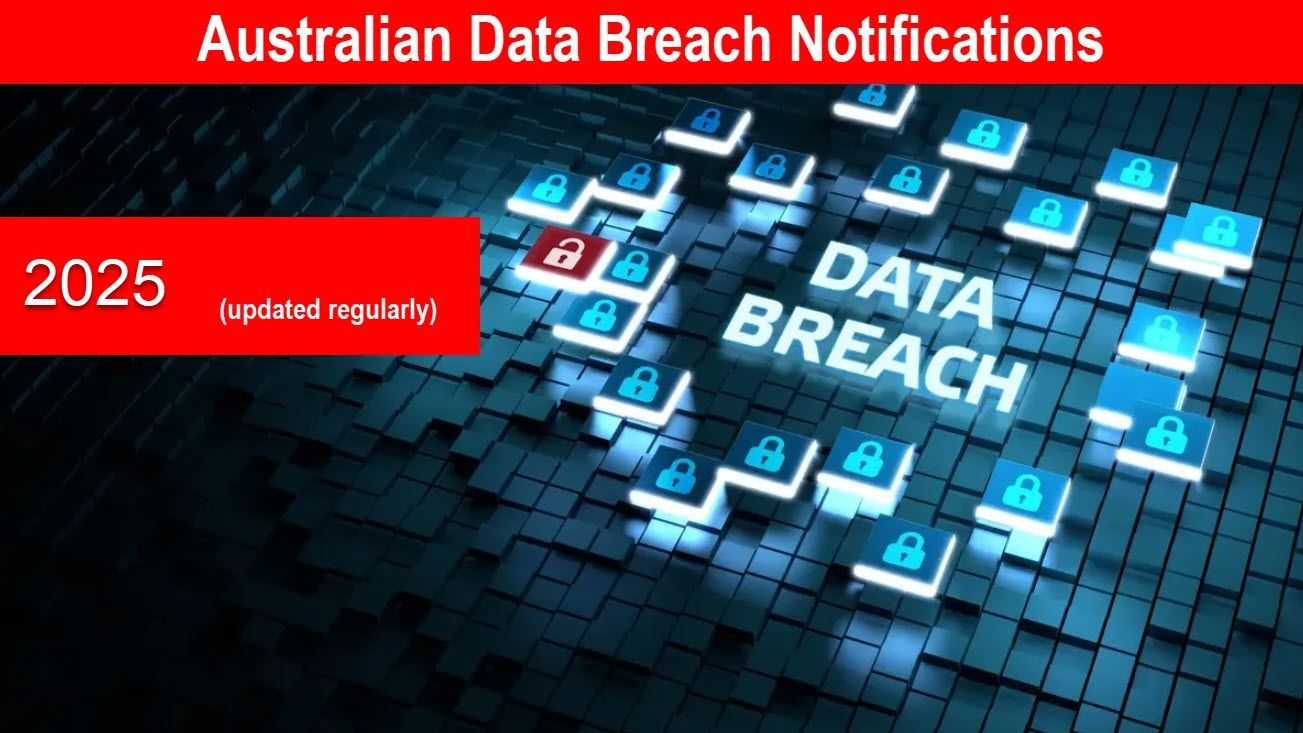How to use Encryption for Secure File Storage and Data Protection

What is Secure File Storage?
Secure File Storage is the practice of storing digital files in a secure manner that protects them from unauthorised access, tampering, and theft. Mainly, by securing data file storage on sources like a laptop, mobile, USB or backup media, databases and file servers, we mean to ensure confidentiality, integrity, and availability of stored data is intact.
What Encryption is the best tool for Secure File Storage?
Incorporating encryption in your file storage facility will ensure that your data remains secure in case of data breach and unauthorised access. Using storage-level encryption along with database and file encryption goes a long way toward offsetting the risk of losing your data.
Encryption is equally important for individual and business owners. End consumers can use encryption to securely store their important information, such as Social Security numbers, bank account details, and other sensitive files. At the same time, businesses use encryption for financial data, personal information, and trade secrets.

The data protection takes place in two instances. The first one is data at rest while the other one is data in motion. Let us explore each method and find out its significance.
Encryption Methods: Data at Rest
Data at rest means the data that is locally stored on your computer. It may be stored on a hard drive, an SSD, or a USB. In simple words, this data is not moving through the network.
Whole Disk Encryption
Whole Disk Encryption involves encrypting the entire contents of a device’s disk. This encryption method is especially useful for desktops, laptops and mobile devices that can be physically lost or stolen. Even if the device is stolen, the data will be inaccessible to any unauthorised individual.

File by File Encryption
You can also encrypt files individually, or place groups of files within encrypted containers instead of the whole disk. With file-by-file encryption, parts of your stolen data may be accessible but the encrypted files will remain inaccessible.
Database Storage
While your data is stored in a database, the Full Disk Encryption technique is the most suitable one. Encryption capabilities native to database server software may also allow for the encryption of specific tables or columns. It may also require to segregate access rights among multiple applications that utilise a single database server.
Encryption Methods: Data in Motion
This type of encryption refers to securing your data files while they are moving over a network. There are different instances where you need to secure your data in motion.
File Transfer
Using file transfer protocols like FTP, SCP, or SFTP for file transferring requires to be encrypted to maintain the confidentiality of data. It ensures all data including file contents, file names, and commands are securely encrypted during the transfer.
When you transfer Confidential content over email messages, it should be encrypted prior to the transmission. The email platform be presented via a secure web application, or encrypted in a secure message format as email is exposed to the possibility of unauthorised access. This unauthorised access may be encountered at a number of points throughout the delivery process.
Web-Based Applications
Storing data files via web-based applications requires the use of security protocols like HTTPS, SSL, or TLS. They provide end-to-end encrypted communications, along with certificates to ensure proper origination of messages. Most importantly, the display of confidential data should be limited to only what is required by the user-authorised use of the application.
Remote File Servers
Encryption of Confidential data transmitted by remote file services should be provided through the use of encrypted transmission protocols like IPSec, ISAKMP, or IKE to prevent unauthorised interception. These protocols protect multiple paths between a pair of hosts, a pair of security gateways, or a security gateway and a host making sound and secure communication.
Virtual Private Network
Virtual Private Network aka VPN connection offers an additional option to protect confidential data that is to be transmitted via the network. This option is especially important when other alternatives are not feasible. The use of VPNs should be carefully considered so that all security and networking issues are understood.
Potential Risks with Encrypted Data Storage
Bear in mind that there are precautions to be followed because Encrypted data can be at stake if all the compliance is not in place. A few mandatory risks and ways to avoid them are listed below.
- While you are logged in to access your encrypted data, if left unattended, potential attackers can gain access to your data. Make sure to log out once you are done.
- If your device is infected with malware having appropriate permissions to access the data, the full disk encryption has little protection once data is decrypted.
- APIs that permit web content to read and write files on the underlying file system require additional security considerations.
- If an application on your computer is compromised, all the data accessible by that application is at stake. It is necessary to use well-secure applications.
Conclusion
Secure file storage serves as a critical foundation for protecting digital data in today's interconnected world. By prioritising confidentiality, integrity, and availability, secure file storage solutions help individuals and organisations safeguard sensitive information from unauthorised access, tampering, and loss. In essence, secure file storage is indispensable for maintaining trust, minimising liabilities, and sustaining competitive advantages in the digital age.
Sources:
- https://www.security.uci.edu/how-to/encryption/
- https://ico.org.uk/for-organisations/uk-gdpr-guidance-and-resources/security/encryption/encryption-and-data-storage/
- https://blog.box.com/what-is-file-encryption
- https://www.simplilearn.com/understanding-ipsec-rar37-article
- https://www.spiceworks.com/tech/cloud/articles/encrypted-cloud-storage-platforms/









